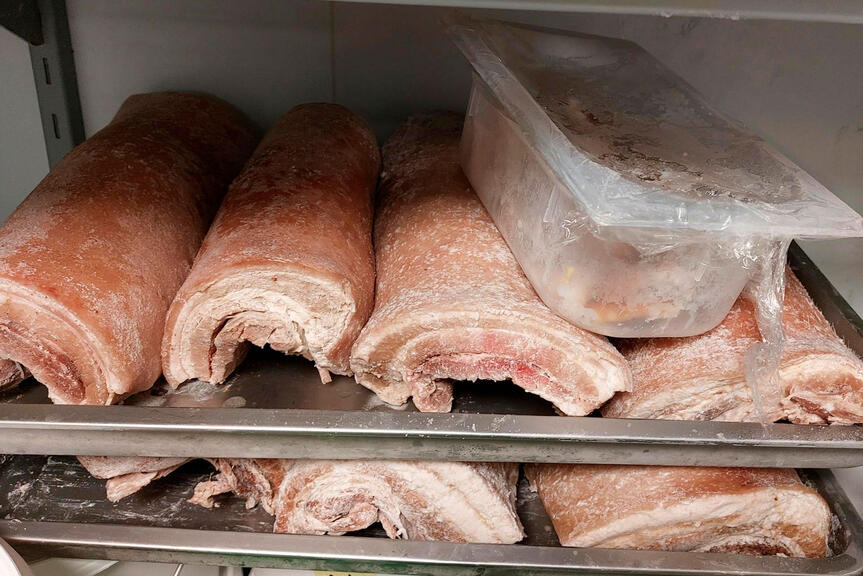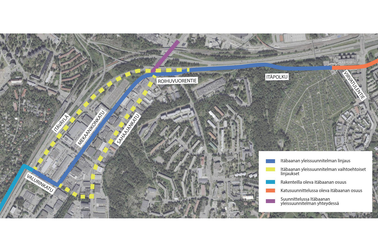
Inspections were performed at 13 wholesale or retail outlets that import food products to Finland or primarily sell food products imported by other operators. Inspections were carried out in particular at locations with a history of deficiencies in packaging label information and issues with the traceability of food products.
Almost all (11) of the locations inspected had deficiencies in their Finnish and Swedish labels, and only two locations had adequate Finnish and Swedish labels. The most deficiencies in packaging labels were found among operators whose native language is not Finnish or Swedish and whose customers primarily speak languages other than Finnish or Swedish. The products usually had the same label information in other languages, such as German, Dutch, Arabic or English, depending on the sourcing country of the product. Many operators also imported products from Sweden, whereby the products had labels in Swedish but not in Finnish. Only a third of the outlets had no issues with obligatory packaging label information.
Obligatory packaging labels were also inspected regardless of their language. Slightly more than one half of the locations had deficiencies in the obligatory packaging labels of their products. Only roughly one third of outlets had no issues with obligatory packaging label information. The most common deficiencies had to do with warnings and use by-dates. However, no altered use by-dates were detected.
5–10 products were selected from each outlet for product-specific packaging label inspections. A total of 63 products were inspected. Around one half of the products lacked Finnish and Swedish labels entirely. One quarter had deficiencies in their labels, while another quarter had the required label information in both languages.
The inspections revealed that operators are often unable to show the traceability of all of the products that they sell. Only three outlets were able to present documents on-site. Of the documents presented, 21% were found to have deficiencies. The most common deficiencies had to do with a product having no documentation, a product being missing from the document presented or it not being possible to link a product to the document.
Operators must be guided and advised further in order for awareness about the requirements to increase and for operators themselves to learn to detect any attempts of fraud against them. The criteria set by the EU for food fraud are violation of EU rules, customer deception, economic gain, and intention. There is a need to strengthen cooperation between authorities further to combat the grey economy. Consumers should also pay attention to the packaging labels and quality of food products, as well as operators’ modes of operation.


